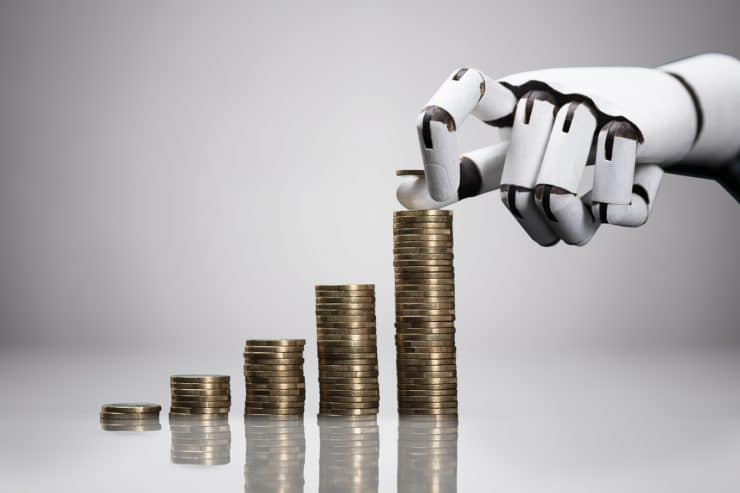It’s no secret that 401(k)s and other work-based retirement accounts are magical when it comes to saving money successfully? Why is that? Because when the money goes straight to your retirement account, you essentially “forget” you have it, since it never hits your checking account, says Jean Keener of Keener Financial Planning.
But what else can you do? How else can you take advantage of technology to save more in the coming year? You have to figure out other ways to essentially trick your brain into doing it.
“We live in a world that makes it easy to spend without thinking, and few of us have the time or tools to consider the opportunity cost of those financial decisions,” says Dan Ariely, Chief Behavioral Economist at Qapital. He has come up with some new savings strategies a) make saving as easy as spending and b) incentivize good financial behavior. If you’re using Qapital, a savings app, you’ll see some of these strategies on your menu. If not, these are things you can put into play in your own life without too much trouble.
Set up when/then scenarios. Every time you buy a coffee, take an Uber or do something else that’s slightly indulgent, tell yourself you’ll transfer a few bucks to savings. Every time you create a new Facebook post or ask Alexa, Siri or Google to do something for you, tell yourself you’ll do the same. The point is to reward yourself — in savings — for giving way to other desires in your life.
Decide you’ll take advantage of windfalls. Expecting a tax refund? Many people are. Decide in advance what you’re going to do with that — specifically how much of it will go straight into savings or to repay debt. You can even elect to have a portion of your refund funnelled into an IRA contribution automatically (a great set-it-and-forget-it example.) But tax refunds aren’t the only windfalls you get each year. Every few months, if you’re paid bi-weekly, you’ll get three paychecks instead of two. Decide to save the lion’s share of that money as well.
Use the calendar to your advantage. There are scores of days each year when we celebrate by spending money on ourselves and others — birthdays, Valentine’s day, Mother’s and Father’s Day, National Donut Day (you get the idea). What if instead of just spending, you decided to save the equivalent amount (or a percentage of what you spend). Make it your “personal policy” to do so, and watch the money start to add up.
And what to do with the money once it’s there? Make sure that the money will make more money for you. Ellen Rogin, CFP®, CPA, and New York Times Bestselling Author of Picture Your Prosperity, suggests that money goes to a high interest savings account or a 401(k) or other retirement fund so it can grow over time. She adds: “You will be amazed how much you can accumulate without even noticing. Small amounts add up over time.”
Automation will help you in the long run because it will help you “prioritize your savings above other spending opportunities that may arise during the month,” says Keener. When money is automatically deposited into savings, you will adjust your spending to accommodate your available funds. When you do the opposite — plan to dump the “leftover” funds into savings at the end of the month — you will likely find a way to spend it all before putting it away, leaving you with nothing to contribute to savings, Keener adds.
With Rebecca Cohen






